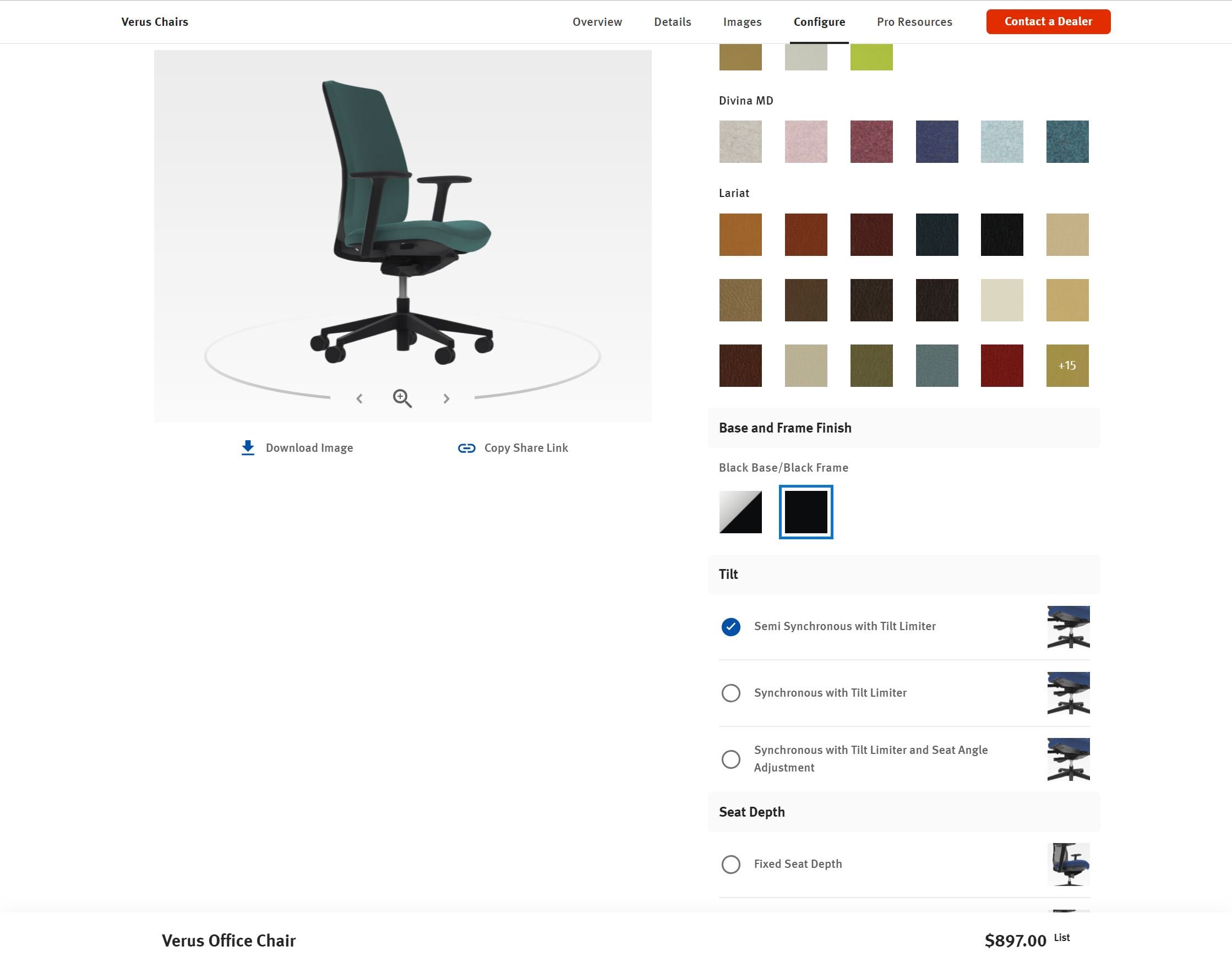7 Ways to Update Buyer Personas with a Salesforce Product Configurator

Well-designed buyer personas are the backbone of a successful marketing strategy, and a good Salesforce product configurator can help you make them.
The more you can learn about the potential audience, the more personalized your offer can be. In many cases, you need to create several personas to target different segments of your buyer pool.
The key to creating and updating buyer personas is high-quality data. While you can gather information about the potential audience from numerous sources, a tool that gives you valuable data in real time can be priceless.
Let's take a closer look at how your Salesforce product configurator can improve your buyer personas’ quality.
Reasons to Update Your Buyer Personas
If you think you have perfect buyer personas, you could be wrong. Preferences change over time while new paint points arise. Consider these reasons to focus on your buyer personas:
You need more personas
Segmentation is the pillar of personalization. If you are offering new products or thinking about expanding your audience, you need more buyer personas.
Waiting to add more of them to your marketing strategy could lead to the loss of revenue.
You implement product configuration
New technologies change the products you are offering.
As a result, your buyer persona may change, as well. If you are using a Salesforce product configurator, you are probably adjusting pricing models and addressing a wider audience.
Your website traffic is decreasing
If you are noticing a decrease in your e-store traffic, you may be catering to the wrong audience. Take the time to review your buyer persona and adjust it to the changing needs.
Generally, it's a good idea to update your buyer personas at least once a year. Even if nothing has changed for your business, it's still a must-have practice. Here is how the data from a Salesforce.com product configurator can help you do it.
1. Create New Personas
When customers are configuring and buying customized products, you can get valuable information about them. Besides their favorite models and colors, you can gather demographic data, such as location, age and size.
By analyzing new demographic data and comparing it with your existing information, it's possible to create new buyer personas.
You could also find that your existing demographic data isn't as accurate as it was before. So you may streamline some of your personas or replace them altogether.
Click here to learn more about our Salesforce product configurator.
2. Re-Evaluate Willingness to Pay
When consumers configure your products, a Salesforce CPQ solution can adjust the pricing in real time. Besides improving customer experience, quick quote generation through a configure price quote tool can help you see what prices your audience finds reasonable.
This can help you update one of the most important elements of your buyer personas: their budgets. Since 20% of consumers are willing to pay more for personalization, you may need to reconsider the buyer persona's willingness to pay.
3. Monitor Adjusted Preferences
eCommerce marketing and sales teams spend days monitoring new trends to provide top-notch products to their clients.
When your audience's preferences change, the information can be hard to catch. If your competition does it first, you could lose market share.
With product visualization and configuration functionality, you can pinpoint new trends before anyone else does. You simply have to monitor how consumers use your Salesforce product configurator and which choices they make.
While your competition is researching Pantone colors of the year, you can already know that consumers want blue. Use this data to adjust your buyer personas and make personalized offers.
4. Rethink the Buyer's Journey

A user-friendly visual product configurator shortens the buyer's journey. On-the-spot customization opportunities make the purchasing process fun and exciting. Your customers don't have to spend extra time sifting through product catalogs when they can design the ideal item without leaving your website.
If you are taking advantage of a Salesforce product configurator, you need to adjust each persona’s buyer's journey data. That will provide valuable information for your sales reps and improve your workflow.
5. Design Negative Personas
A Salesforce product configurator doesn't just help you update buyer personas. It can assist with creating negative personas.
Negative buyers are the people you don't want to be targeting.
Consumers who play around with your high-tech product configurator and create complex products with numerous add-ons only to abandon them in the cart may not be the audience you want on your website.
Take the time to study these consumers, their demographics and their behavior. Perhaps these people deserve to become your negative buyer personas.
Once you create a negative buyer persona, you can adjust your marketing strategy to avoid them. This, in turn, will decrease bounce rates and increase the rate of conversions.
6. Leverage Feedback and Reviews
Even when consumers decide to configure just a single product, they are likely to enjoy the process. The high level of automation mixed with transparent CPQ software and sprinkled with a fun customer experience is likely to generate positive feedback.
You can make it easier to leave reviews and feedback by providing special space for consumer thoughts on product pages. You can also follow up with each customer via email.
By analyzing feedback, you can get a better idea of what your ideal customer wants. This can help you make significant changes to existing buyer personas and streamline the sales process.
7. Review Pain Points
A Salesforce product configurator can help you notice changes in buyer behavior. Your consumers may stop using complex configurations, avoid higher pricing options or ignore specific add-ons.
When analyzed, this information can help you see how the pain points have changed. Perhaps your ideal customer no longer needs a laptop with a top-notch graphics card but prefers to settle for average components.
Reviewing pain points could lead to serious buyer persona adjustments. It could also help you rethink your offer.
Our Salesforce Product Configurator Streamlines Buyer Persona Updates
A Salesforce product configurator is an excellent source of consumer data. By monitoring your audience's behavior, you can gain valuable insight into your existing marketing strategy.
At Threekit, we make it easy to leverage a Salesforce product configurator for your sales and marketing needs. Learn more about your options today.




